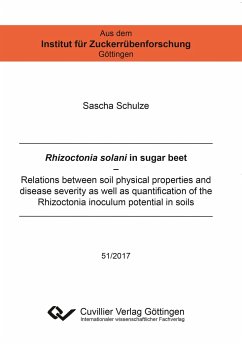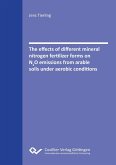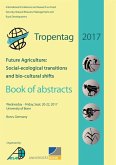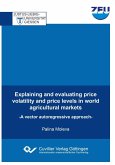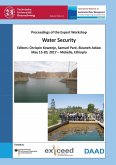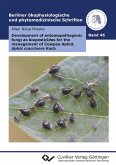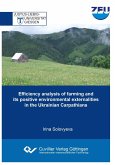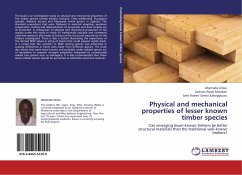For sugar beet, Rhizoctonia solani AG2-2IIIB is the causal agent of the Rhizoctonia crown and root rot. It is assumed, but not clear to which extend, that the soil structure, more specifically individual soil physical properties, affect the R. solani inoculum potential in the soil and the disease severity in sugar beet. This study aimed to identify individual soil physical properties with a significant impact on disease severity of a susceptible and a resistant sugar beet variety. The environment was the most important factor affecting disease severity and white sugar yield of both sugar beet varieties. Penetration resistance, as a soil physical parameter, was identified to have major impact on the disease. Both sugar beet varieties showed the same reaction in disease severity and white sugar yield to increasing penetration resistance at low-disease levels. However, at higher disease levels, the susceptible variety showed a higher decrease. Moreover, a new reliable real-time PCR based method was developed to determine the inoculum potential of R. solani AG2-2IIIB in soils. The method was applied to study the effect of a susceptible and a resistant sugar beet variety and subsequently grown winter rye as a nonhost crop on the R. solani inoculum potential in field soils. It could be concluded that there is an increasing risk of an elevated disease level when a susceptible sugar beet variety is grown.
Bitte wählen Sie Ihr Anliegen aus.
Rechnungen
Retourenschein anfordern
Bestellstatus
Storno

